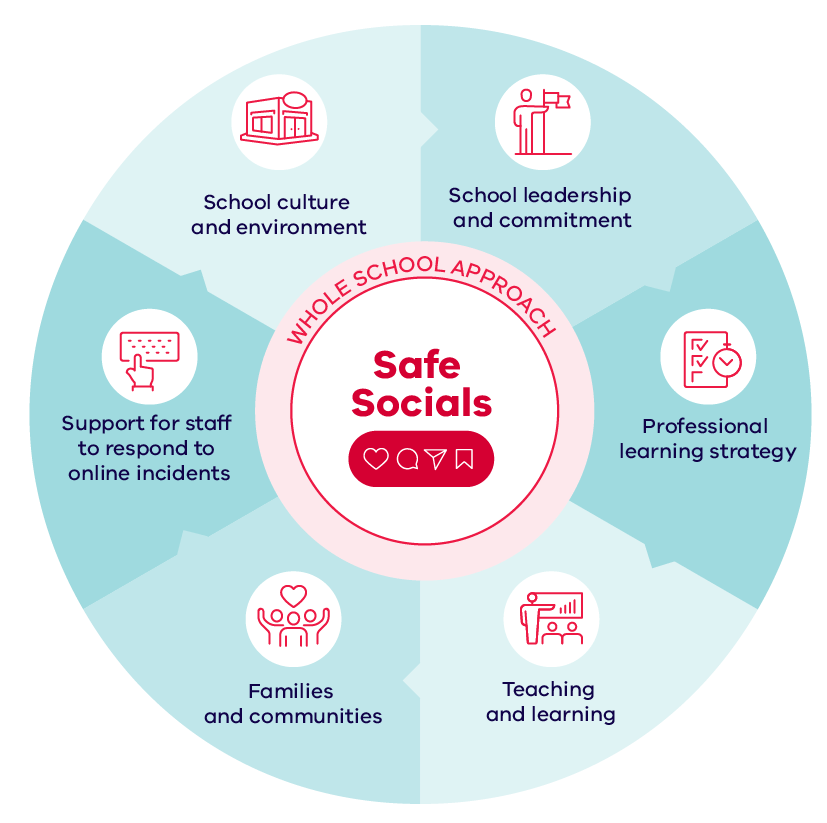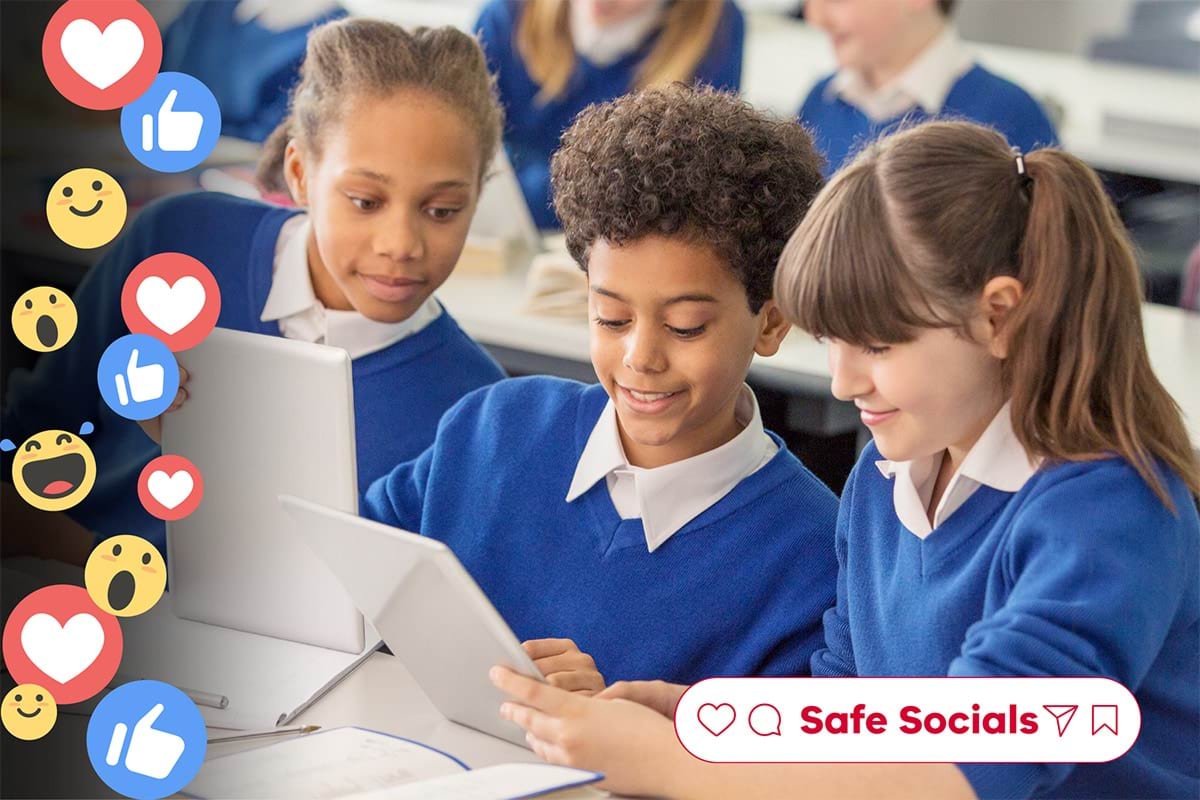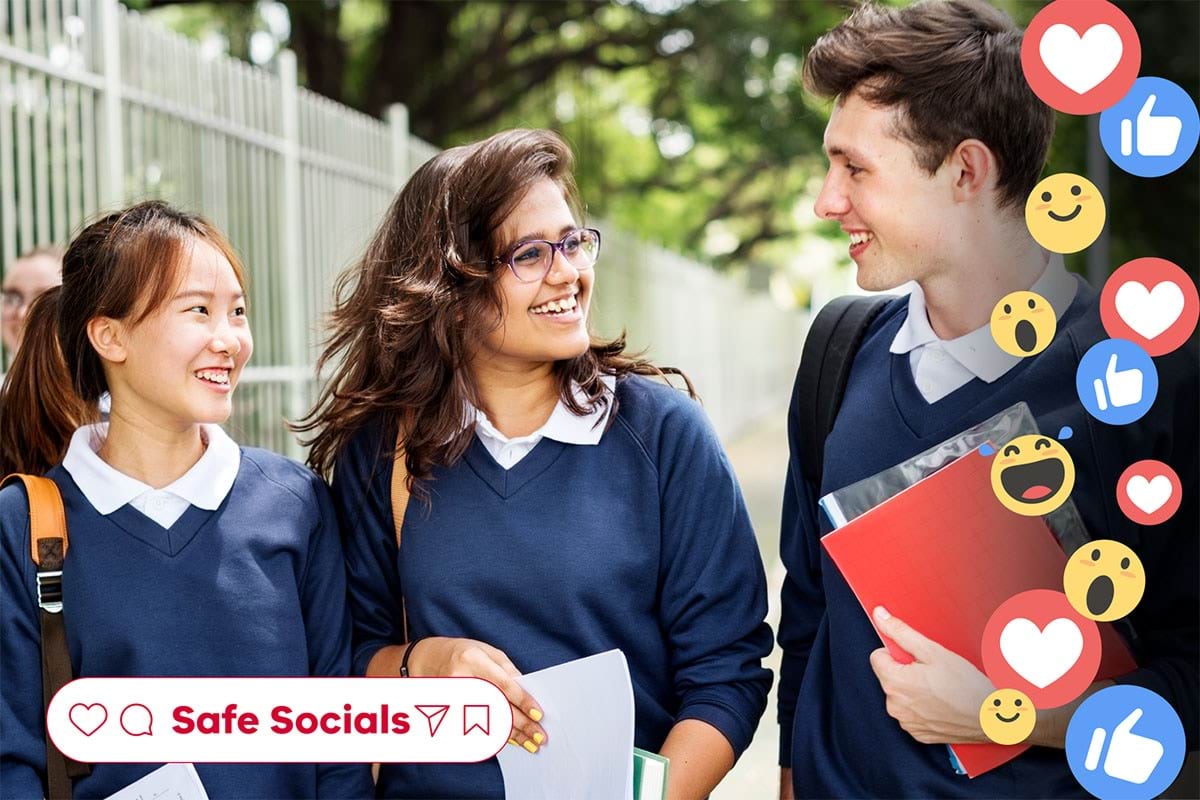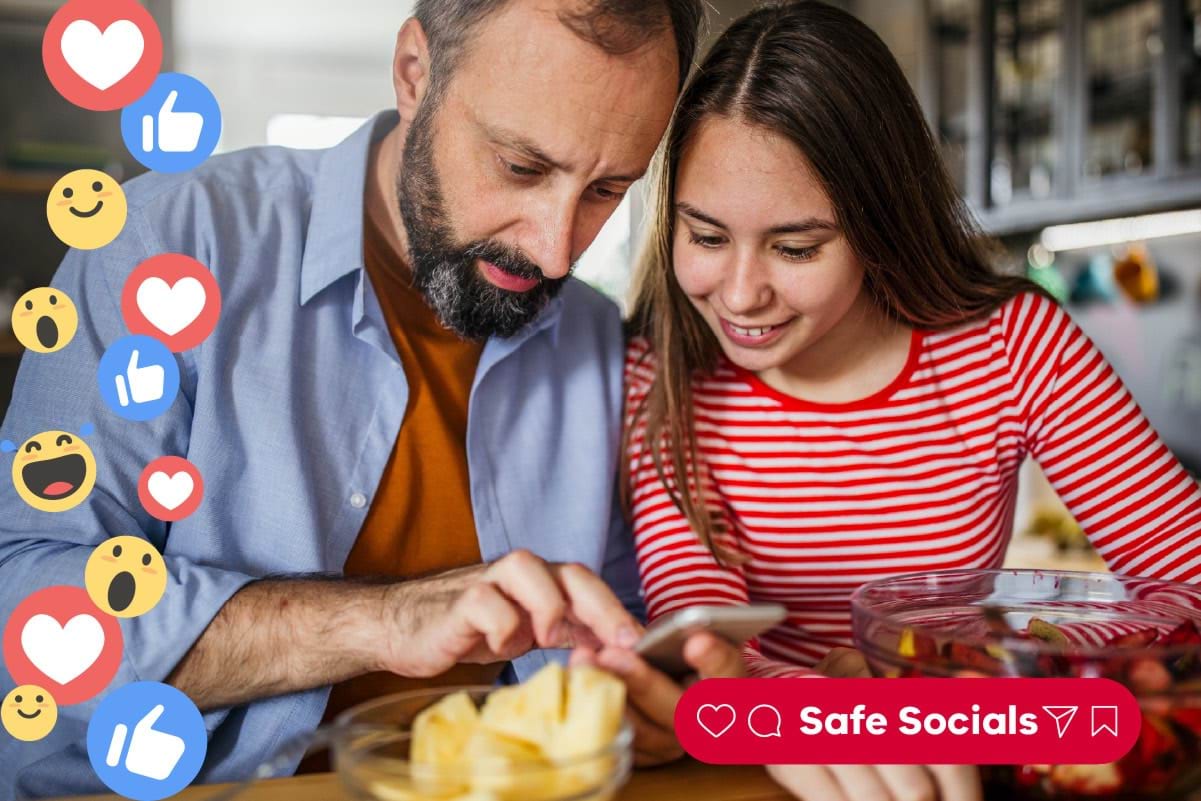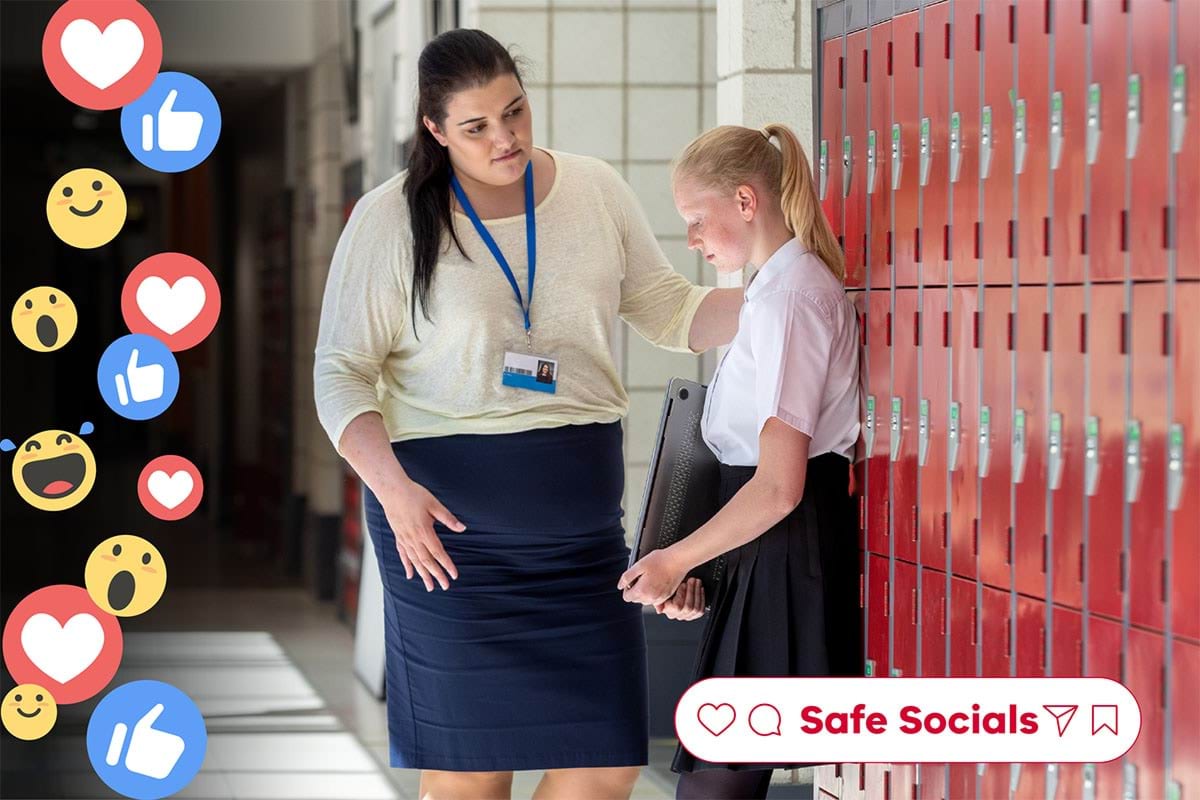School culture and environment
School policies, procedures and culture enable students to be safe online
- Child Safe Standards – Policy, guidance and resources for schools to implement the Child Safe Standards.
- Digital Technologies-Responsible Use – Policy, guidance and resources for schools to support the responsible use of digital technologies.
- Digital Learning policy including Acceptable Use Agreements – Policy, guidance and resources for schools to support digital learning.
- Mobile phone ban – Policy, guidance and resources for schools to implement the mobile phone ban.
School leadership and commitment
Leaders drive school wide commitment to supporting students to be safe online
- Child Safe Standards – Policy, guidance and resources for schools to implement the Child Safe Standards.
- Respectful Relationships – Embeds a culture of respect and equality for school communities, including online.
- Alannah and Madeline Foundation – eSmart Schools is a free program for Victorian schools. It builds a culture of safe and responsible technology use. eSmart Advisors can help identify needs and provide support to encourage school-wide positive use of digital technology.
- eSafety’s Toolkit for Schools – Designed to support schools to create safer online environments.
Professional learning strategy
Teachers have the skills to deliver curriculum and respond to disclosures
- Respectful Relationships professional learning – Supports teachers to deliver social and emotional learning and respectful relationships education.
- Alannah and Madeline Foundation’s eSmart Schools Professional Learning and Resource Hub – Free resources for educators to support students to be positive digital citizens.
- eSafety Commissioner professional Learning for teachers – Free for educators and others working with children and young people in schools.
Teaching and learning
Students have the skills, knowledge and attitudes to be safe online
- Digital technologies subject area – Students learn to become creative and responsible users of technology. They learn how to solve problems, design digital solutions, manage data and work together in a safe and ethical way.
- Digital literacy foundational skill as part of Victorian Curriculum F-10 2.0 – Embeds key skills across the curriculum on how to use digital technologies effectively and manage safety and wellbeing online.
- Respectful Relationships teaching and learning resources – Embeds a culture of respect and equality across the entire school community, including online.
- eSafety Commissioner classroom resources – Resources with topics and content tailored for different education levels.
- ScrollSafe for teachers fact sheet – tips to support teachers of secondary-aged students to have conversations about social media and the online world in the classroom.
- ScrollSafe for teachers classroom activity – support secondary-aged students to build skills to manage online safety, digital identity and digital wellbeing.
Families and communities (including information for parents/carers and students)
School community has support and guidance to support students to be safe online
- Safe Socials fact sheet – for secondary students – Resource guides for secondary students to support safe and positive online experiences.
- Safe Socials fact sheet – parents/carers of secondary students – helpful tips for having positive and safe online experiences for parents/carers of secondary students.
- Safe socials fact sheet – parents/carers of primary students – helpful tips for having positive and safe online experiences for parents/carers of primary students.
- Social media age restrictions – eSafety Commissioner – information about the upcoming social media age restrictions, including what it means for young people, and how parents and carers can help.
- ScrollSafe parents/carers hub – advice to help parents talk with their teenage child about social media, online life and mental health.
- ScrollSafe for teens – quick and practical resources so you can take charge of your digital habits and online wellbeing:
Support for staff to respond to online incidents
Schools are equipped to respond to online incidents with appropriate steps, supports and referrals
- Bully Stoppers step by step guide for responding to online incidents affecting students – Steps for schools to take when an online incident occurs that affects students.
- eSafety Commissioner’s report online harm portal – Report a complaint about cyberbullying, image-based abuse or illegal and restricted online content.
- Mental Health Fund and Menu – Supports Victorian Government schools to select programs, staff and other support from an evidence-based menu to best meet their students’ mental health and wellbeing needs.
Updated


